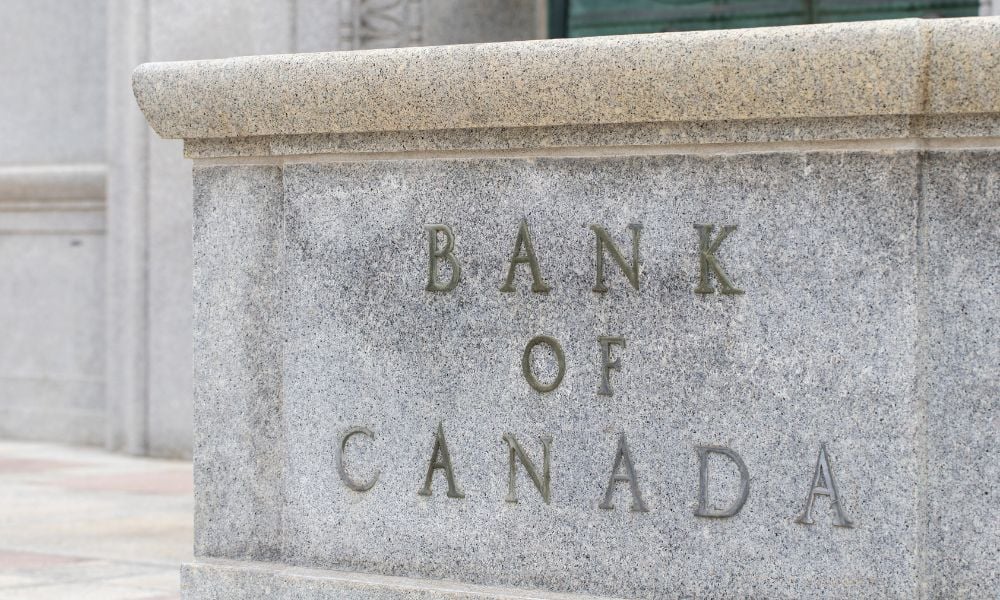Signs of market weakness set off drastic fund outflows as investors go on high alert
.jpg)
A recent scare in the high-yield bond market triggered a dramatic selloff in junk-bond funds last week. And while the market seems to have settled, investors are still wary of significant risks.
The high-yield market suffered selloffs and declines as some telecommunication firms — a sector that comprises a large portion of the market — registered losses in their debt, reported the Wall Street Journal. While prices stabilized somewhat during subsequent trading sessions, net flows from high-yield bond funds still surged to $6.7 billion in the week ended Nov. 15, reported analysts from Bank of America Merrill Lynch.
Analysts reportedly aren’t seeing systemic problems, but some investors remained concerned as an extended retreat would threaten a strong 2017 rally. Other analysts expressed worries that retail investors with passive-fund-based exposure to junk bonds could be shaken into pulling out more money and causing more vulnerability.
But later signs of market stabilization, as well as the absence of contagion to other sectors, reassured investors. The extra yield demanded by investors to hold US junk bonds over Treasurys settled to 3.63% from a two-month high of 3.79% on Wednesday, based on the Bloomberg Barclays US corporate high-yield bond index.
According to strategists at CitiGroup, telecommunication and cable companies accounted for 24% of the selloff. The second-largest contributor was healthcare at 12%. These sectors were rocked by poor earnings or failed mergers at a handful of companies, to which most of the weakness in high-yield bonds was confined.
Since the selloff was contained, investors became confident that outflows from bond assets and funds would not surge significantly. Still, some investors remain guarded.
“[Credit] fundamentals are still very good,” Peter Aspbury, a portfolio manager at JP Morgan Asset Management, told the Journal. “Our concern is more around the [market’s] mentality over the next few weeks. Very often these idiosyncratic situations are enough to spook investors.”
Related stories:
What bond ETF investors need to prepare for
Warning for bond markets says Bank of America
The high-yield market suffered selloffs and declines as some telecommunication firms — a sector that comprises a large portion of the market — registered losses in their debt, reported the Wall Street Journal. While prices stabilized somewhat during subsequent trading sessions, net flows from high-yield bond funds still surged to $6.7 billion in the week ended Nov. 15, reported analysts from Bank of America Merrill Lynch.
Analysts reportedly aren’t seeing systemic problems, but some investors remained concerned as an extended retreat would threaten a strong 2017 rally. Other analysts expressed worries that retail investors with passive-fund-based exposure to junk bonds could be shaken into pulling out more money and causing more vulnerability.
But later signs of market stabilization, as well as the absence of contagion to other sectors, reassured investors. The extra yield demanded by investors to hold US junk bonds over Treasurys settled to 3.63% from a two-month high of 3.79% on Wednesday, based on the Bloomberg Barclays US corporate high-yield bond index.
According to strategists at CitiGroup, telecommunication and cable companies accounted for 24% of the selloff. The second-largest contributor was healthcare at 12%. These sectors were rocked by poor earnings or failed mergers at a handful of companies, to which most of the weakness in high-yield bonds was confined.
Since the selloff was contained, investors became confident that outflows from bond assets and funds would not surge significantly. Still, some investors remain guarded.
“[Credit] fundamentals are still very good,” Peter Aspbury, a portfolio manager at JP Morgan Asset Management, told the Journal. “Our concern is more around the [market’s] mentality over the next few weeks. Very often these idiosyncratic situations are enough to spook investors.”
Related stories:
What bond ETF investors need to prepare for
Warning for bond markets says Bank of America



